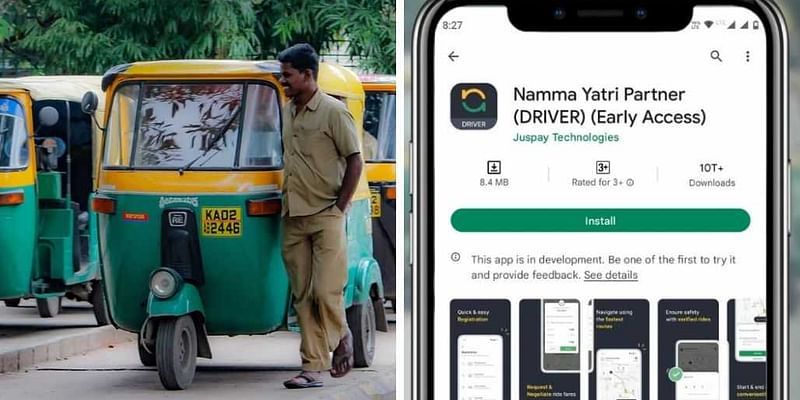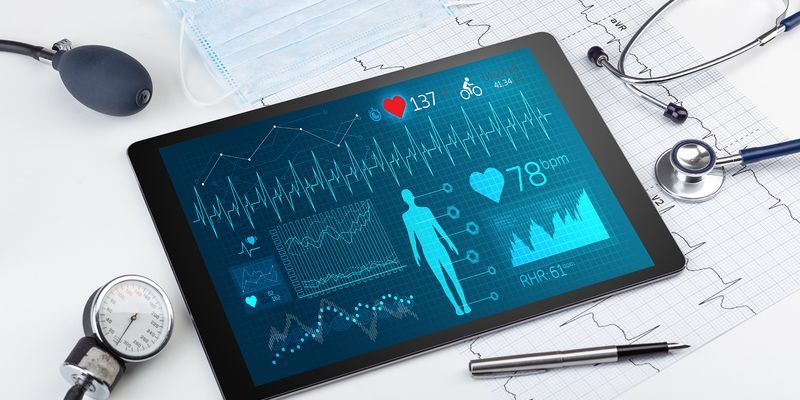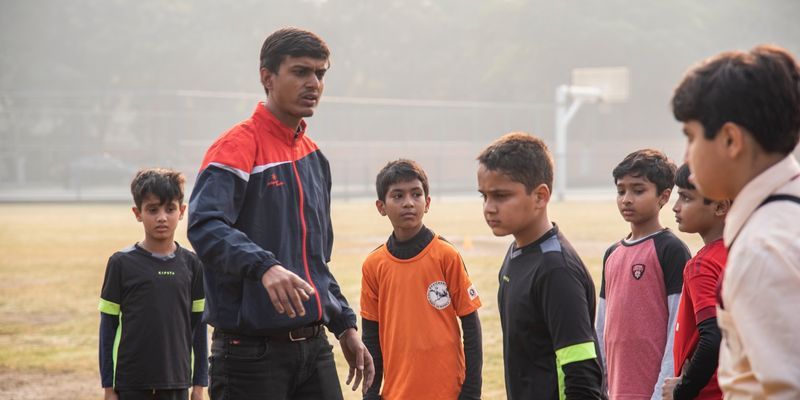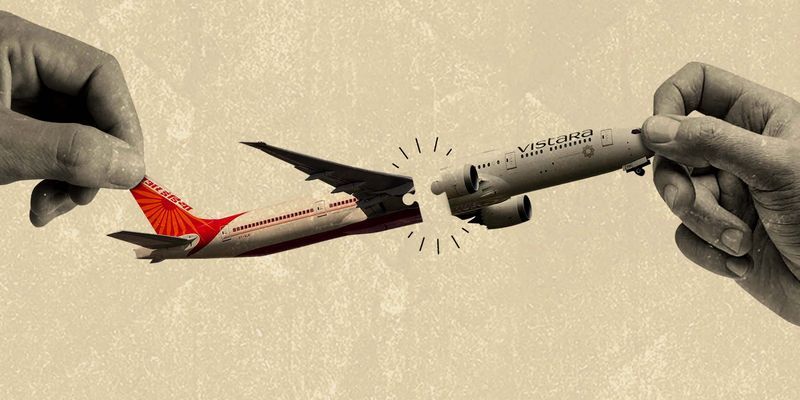India can become the second largest market for robotic surgery
With the aim of installing 200 more robots and reaching over 20,000 robotic-assisted surgeries per year by 2020, US-based Vattikuti Foundation is set to make India the second largest market for robotic surgery in the world after the US, said the non-profit's top executive in Panaji.

"Today, India has tremendous potential and much talent, across all domains specially in the medical field," Raj Vattikuti, Founder and President of Vattikuti Foundation — a non-profit promoting robotic surgeries across the world, including in India — told IANS on Saturday.
"Thus, it can soon become the second largest robotic market in the world in terms of sale of robots as well as surgeries."
He was speaking at the two-day bi-annual "Robotic Surgeons Council", organised by the foundation, which began in Panaji on Saturday.
At present, India has over 50 surgical robots and a pool of over 300 trained robotic surgeons. An estimated 700 robotic-assisted surgeries a month are conducted in the country.
"In late 2011, we entered Indian market with only eight to nine robots and with hardly any procedures. The market perceived the systems to be very expensive and surgeons felt that it can take a lot of effort for them to learn and master it," Vattikuti said.
"Now, we have seen a tremendous progress in the status of robotic surgery in the country as well as a change of perception in the market. Lot of surgeons are really fascinated about the technology and have come forward to learn it."
The foundation, which is expected to install nearly 70 robotic systems, helping in over 7,000 robotic-assisted surgeries till December this year across India, aims to install 100 robots across India by 2018.
Till now, it has trained 360 surgeons and hopes to train another 100 in 2018.
"We aspire to bring the count to 600 surgeons in the coming two to three years as well as install 100 robots across India in the next year," Vattikuti said.
Robotic surgery is a method to perform surgery using very small tools attached to a robotic arm.
With the four-armed "Da Vinci Surgical Robot" developed by the US-based Intuitive Surgical, tiny instruments are sent in and controlled by an accomplished surgeon sitting at a nearby console.
Robotic Surgery offers immense possibilities in thoracic, urology, gynaecological, colorectal, paediatric and general surgical disciplines.
Importantly, Vattikuti Foundation has also spread its wings to tier-2 cities such as Coimbatore, Nagpur, Vizag, Indore, and Mohali.
Government hospitals such as Army Hospital Delhi, AIIMS Delhi, Delhi Cancer Institute, PGI Chandigarh, have already bought the robots. Others such as AIIMS Jodhpur and Rishikesh as well as Safdarjung Hospital in Delhi are in talks to buy the innovative systems, said Vattikuti.
"We have such immense talent in India in terms of number of surgeons, expertise, government institutes like AIIMS, PGI, Tata Memorial, that we can also be the world leaders in building clinical aspects of the robotic surgery," he added.
Mahendra Bhandari, CEO of the foundation, told IANS: "With robotic surgeries, our mission was not to segregate the poor and rich. We are happy that the government has shown interest, and are buying robots, which can help the marginalised sections to avail its benefits."
In a surgery conducted by surgical robots, the incision is small, the loss of blood is very minimal, the patient has quick recovery, shorter hospital stays and a faster return to normal life.
The surgeon has a magnified, high-definition, three-dimensional (3-D) view as if sitting inside the patient's body and, with a joy stick, he or she can manipulate tiny surgical instruments that enjoy better flexibility than human hands.
These surgeries range from the removal of cancerous tissues to the reconstruction of organs damaged by cancer as well as the removal of organs such as the kidney, liver, pancreas, thyroid, prostate, and uterus.
It is best for getting under soft tissue to reach organs that otherwise require opening up, involve long and painful recovery periods, and leave behind scars.











